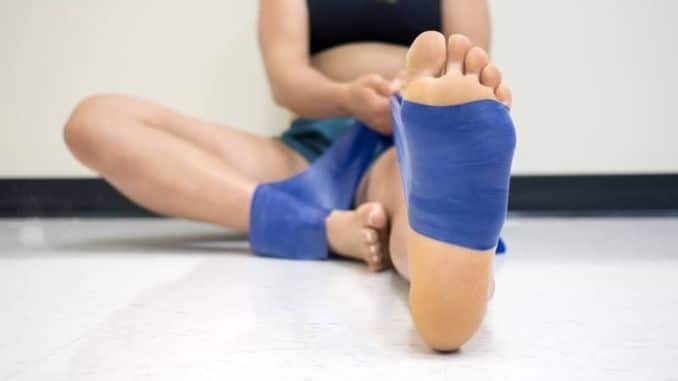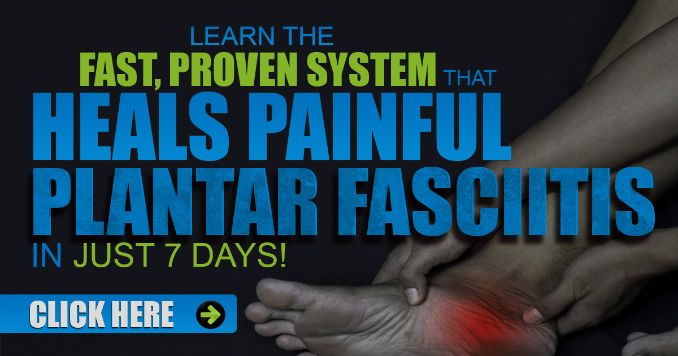Stand-up paddling is a really effective way of strengthening your feet and can consider as one of the exercises to boost foot strength. Any time you are standing on your feet, your bare feet, in particular, you are strengthening the connective tissues in the feet.
One of the beautiful things about stand-up paddling is, as soon as you get on your board, your feet are working hard to keep you balanced. While standing up (SUP) paddling isn’t for everyone, there are other ways to improve balance and foot strength.
Most of us walk around in shoes all day long. We have orthotics or supportive shoes. We wear slippers at home or Birkenstocks or sandals that are supportive. It is really important for healthy feet, and particularly for balance to spend some time barefoot.
The feet are part of the balance system. When we are touching the ground, there are nerves in our tissues, the skin, your ligaments, tendons, muscles – all feeding you information about where you are in space.
Proprioception is your joint position sense. It helps you know where your body is without the use of your vision. When we’re in shoes all the time, our brain starts to perceive our feet as a ‘block' instead of separate toes and individual bones. There are muscles in between each bone of the foot. Also, there are little muscles called lumbricals and you have interosseous muscles.
There are big tendons that come from your calf, supporting your foot and the plantar fascia. There are a lot of structures in the bottom of your feet that support your entire body.
IF you have problems walking around in your bare feet, there are things you can do to start to improve touch, feel, and better range of motion of the overall foot.
1. Hold your foot, interlace your fingers in between each toe, then gently move your foot back and forth.
Initiate this movement with your toes, then assist the movement with your hands. This is best to do at the end of the day if you've spent a lot of time on your feet. You are using your muscles to move your foot, so this can be a gentle strengthener. It's also a great way of creating movement in very stiff feet.
You can also try to spread your toes wide, try to squish your toes, and move them back and forth. This is a very simple way of moving your feet differently. If you’re used to being in shoes all the time.
2. Try sitting on a ball or chair and lifting your heels, then lowering your heels and lifting your toes. 
This seems very simple, but many people find this exercise difficult due to stiff feet. If you have an exercise ball, you can actually rock forward on your toes, then rock backward on your heels. You can also change your body angle or spread your feet apart to increase the load through your big toes. Also, try going through the motion with your feet turned in, creating more of a stretch on your little toes.
The more options you have for using the muscles in your feet and calves, the more preventative actions and reactions you will have when you are out and about. For example, if you trip on something or lose your balance, your brain feels confident to use different patterns in your feet and your ankles.
You will also have more options to react to situations when you're walking around on different surfaces. Rocking back and forth is a great preventative exercise. To make this more difficult, hold the end positions for 5 to 10 seconds.
3. Another great option is using an exercise band.
Place the band around your toes, then move one toe downward as you move the other toe upward.

Either hold the end positions or do continuous repeats of the movement. This is an effective way to create movement with ‘load' in your feet that is quite simple and super safe.
4. Standing up.
This is really simple and can be done with the support of a chair. Just raise your toes and hold the position. 
As soon as you stand, you are already making your feet work. Standing in your bare feet is good for your toes, for the arch of your foot, and for all the little muscles that make your toes move. Standing barefoot works to support your feet, a big part of the reflex balance system.

You can also make this exercise more challenging by holding onto weight or carrying a backpack with a little bit of weight. These are some simple progressions that are really safe if you want to start improving your strength and tolerance.
Try doing these exercises to boost foot strength with your eyes closed.
5. If you stand on one foot, you're already making your footwork harder.
Stand on one foot, keeping your knee soft. Start moving your other leg forward and back or side to side. You'll notice that your supporting your foot is reacting to how your body is moving, working to keep you upright as you move your body.

Online Question:
“My husband has plantar fasciitis, which just erupted. Are there any good stretches he could do to improve going forward?” – Dallas Shiemke
When people say they have plantar fasciitis, we like to dig a little deeper and ask where exactly the pain is coming from. Plantar Fasciitis can cause either heel pain or arch pain because basically, Plantar Fasciitis goes across the entire foot. Generally speaking, there are a few things that we really like to focus on if there’s pain on the bottom of your foot or in your heel. First, you can refer to Exercise #3. If you pull your toes back with resistant tubing, this is an effective stretch. The pulling movement really helps to work the top of the foot, which in turn helps to ease the bottom of the foot.
Another more aggressive stretch is kneeling with your toes flexed, or moving into a 4-point position on your toes. With this exercise, you can really feel the stretch through the bottom of your foot. To intensify the exercise, sit on your toes.
“Just a follow-up and to be more specific, my husband has plantar fasciitis and it’s more on the ball of the foot rather than the heel.” – Dallas Shiemke
If the pain is primarily in the ball of the foot, your husband can do the ‘pulling back' exercise with the resistant tubing.
Be sure to get out and move around in ways that you love to do, whether it's walking, hiking, riding your bike, going to the park, stand up paddleboarding, or going to the beach and walking in the sand. Walking in the sand is effective flexibility and strengthening the movement of your feet because the sand is supporting your foot at every level. Do what you love to do and your feet will welcome the movement. As always, make sure that you gradually introduce any activities that you haven't done in a while. If you're unsure about something, ask your healthcare professionals.
Are you tired of the pain and discomfort caused by Plantar Fasciitis? Take action now to find relief and reclaim your comfort! Say goodbye to those agonizing steps and hello to freedom of movement. Don't let Plantar Fasciitis hold you back any longer. Explore effective solutions and take the first step towards a pain-free life today!





